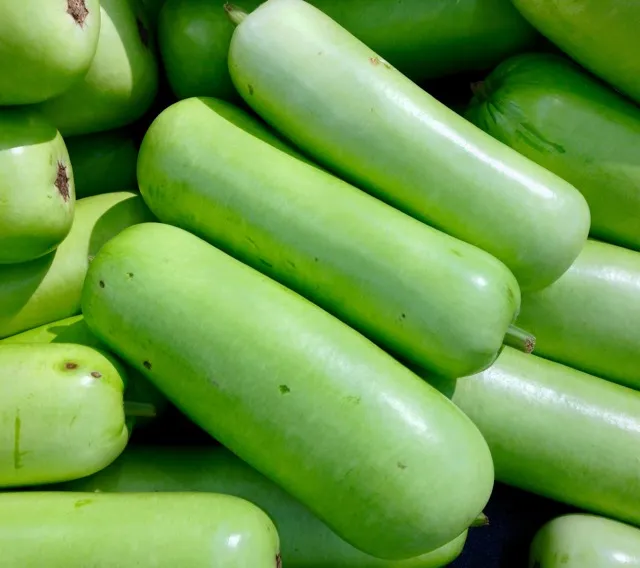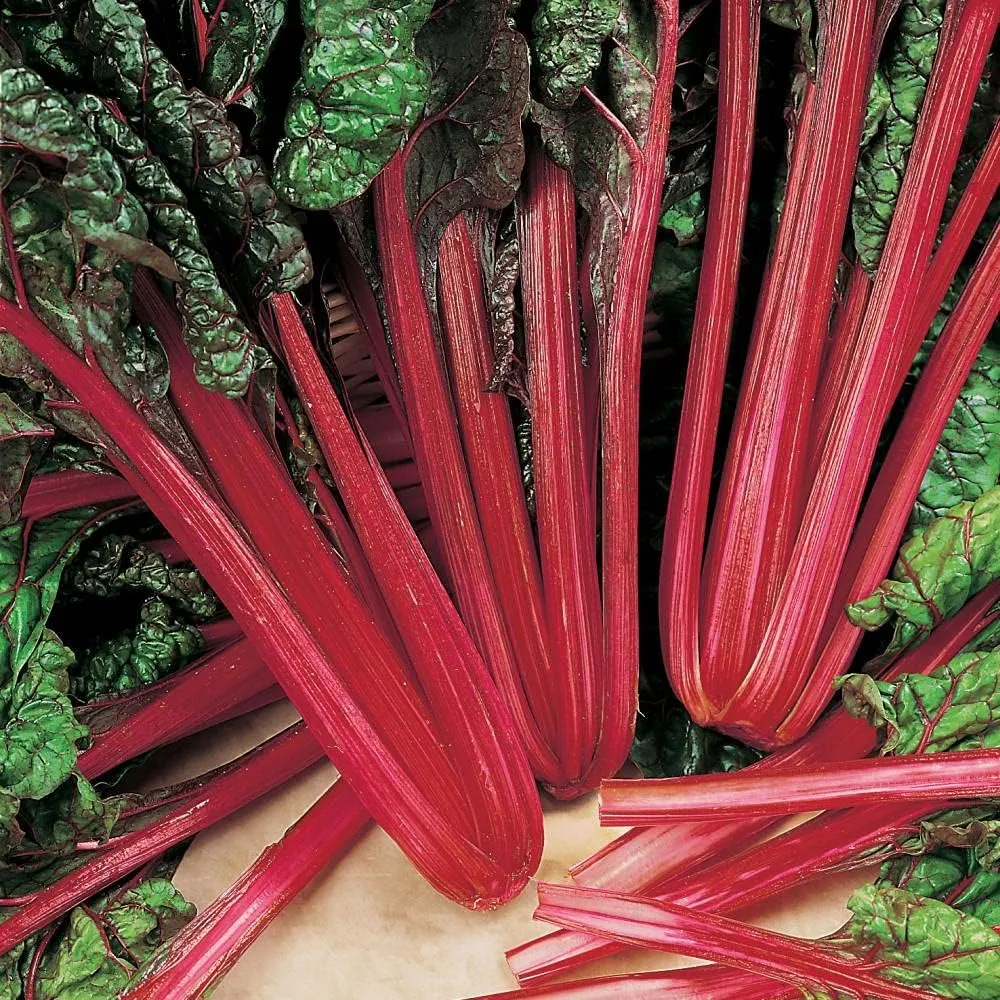Table of Contents
Rutabaga: A Comprehensive Guide to Varieties, Cultivation, Nutrition, and Culinary Uses
Introduction
Rutabaga (Brassica napus var. napobrassica), also known as swede or neep, is a root vegetable born from a natural cross between cabbage and turnip. With a history rooted in 17th-century Scandinavia, this hardy crop thrives in cool climates and is prized for its sweet, earthy flavor and nutritional richness. This article explores its global varieties, cultivation practices, health benefits, and culinary versatility.
Global Varieties & Colors
Rutabagas vary in skin and flesh color, though most share a bulbous shape:
- American Purple Top: Yellow flesh with purple-tinged skin; sweet and nutty.
- Laurentian: Smooth, purple-skinned with creamy yellow flesh; cold-tolerant.
- Joan: Disease-resistant variety with uniform roots; popular in Europe.
- Wilhelmsburger: German heirloom with high sugar content.
- White-Fleshed Rutabaga: Rare, with pale flesh and milder flavor (common in Russia).
Sensory Profile
- Smell: Earthy and slightly mustard-like (due to glucosinolates).
- Flavor: Sweet and nutty when cooked; mildly peppery when raw.
- Texture: Dense and starchy raw; soft and creamy when boiled or roasted.
Nutrition & Health Benefits
- Calories: 37 kcal per 100g.
- Rich in: Vitamin C (48% DV), potassium (12% DV), fiber (2.3g), and antioxidants (glucosinolates, carotenoids).
- Glycemic Index (GI): ~72 (moderate; lower than potatoes).
Health Benefits:
- Immune Support: High vitamin C boosts immunity.
- Digestive Health: Fiber promotes gut regularity.
- Anti-Cancer Properties: Glucosinolates may inhibit tumor growth.
- Bone Health: Calcium and magnesium strengthen bones.
Cultivation & Major Producers
- Climate: Cool temperatures (10–18°C/50–64°F); frost enhances sweetness.
- Soil: Well-drained loam with pH 6.0–7.0. Requires 90–120 days to mature.
- Top Producers (2023):
- Canada (leading global producer).
- United States (Michigan, New York).
- United Kingdom (traditional in "neeps and tatties").
- Sweden and Finland (key Scandinavian growers).
- Exporters: Canada, Netherlands, Sweden.
- Importers: USA, Germany, Japan.
Diseases & Pests:
- Clubroot: Fungal disease causing swollen roots; manage with crop rotation.
- Powdery Mildew: White fungal patches; treat with sulfur spray.
- Cabbage Root Maggots: Larvae tunnel into roots; use row covers.
Home Farming & ROI
- Planting: Sow seeds ½ inch deep, thin seedlings to 6 inches apart. Harvest after first frost for sweetness.
- ROI: Moderate. A 10x10 ft plot yields ~20–30 lbs; farmers' market prices average $1–3/lb. Low input costs make it profitable for small-scale growers.
Culinary Uses & Storage
- Raw: Grated into slaws or salads (mildly peppery).
- Cooking Methods:
- Mashed: Blend with potatoes and butter.
- Roasted: Toss with olive oil and rosemary.
- Soups/Stews: Adds depth to Scotch broth or Nordic root vegetable stews.
- Baked: Layer into gratins or savory pies.
- Quick Recipe: Rutabaga Fries (toss cubed rutabaga with paprika, bake at 200°C/400°F until crispy).
Storage Tips:
- Root Cellar: Store in cool, humid conditions (0–4°C/32–40°F) for 4–6 months.
- Freezing: Blanch cubes for 3 minutes, dry, and freeze for up to 1 year.
Byproducts & Innovations
- Rutabaga Flour: Gluten-free alternative for baking.
- Pickled Rutabaga: Fermented with spices for tangy condiments.
- Animal Feed: Culls or surplus used for livestock.
- Biofuel: Experimental use of rutabaga starch in ethanol production.
Historical & Cultural Notes
- WWII Staple: Rutabagas sustained European populations during food shortages.
- Halloween Origins: Carved rutabagas ("neep lanterns") preceded pumpkins in Celtic traditions.
Conclusion
Rutabaga’s resilience, nutritional profile, and sweet-earthiness make it a winter kitchen staple. From Canadian fields to Scottish holiday tables, its adaptability shines in hearty dishes. Home gardeners and chefs alike can harness its versatility, whether roasted, mashed, or fermented.
Further Exploration: Try rutabaga mash with nutmeg, or bake it into a spiced cake for a unique dessert. 🌱
❤️🧡💛💚💙💜🖤🤍🤎








